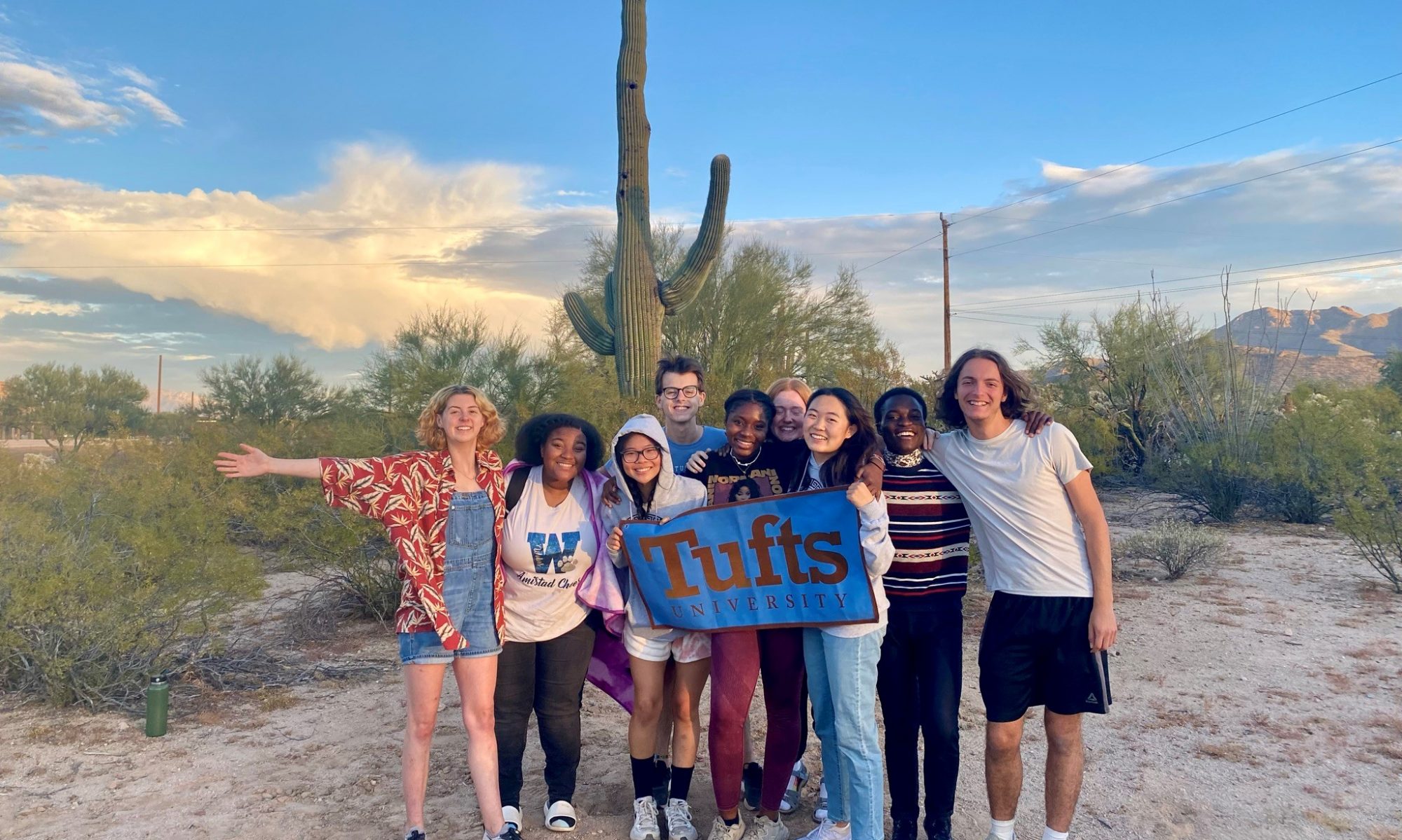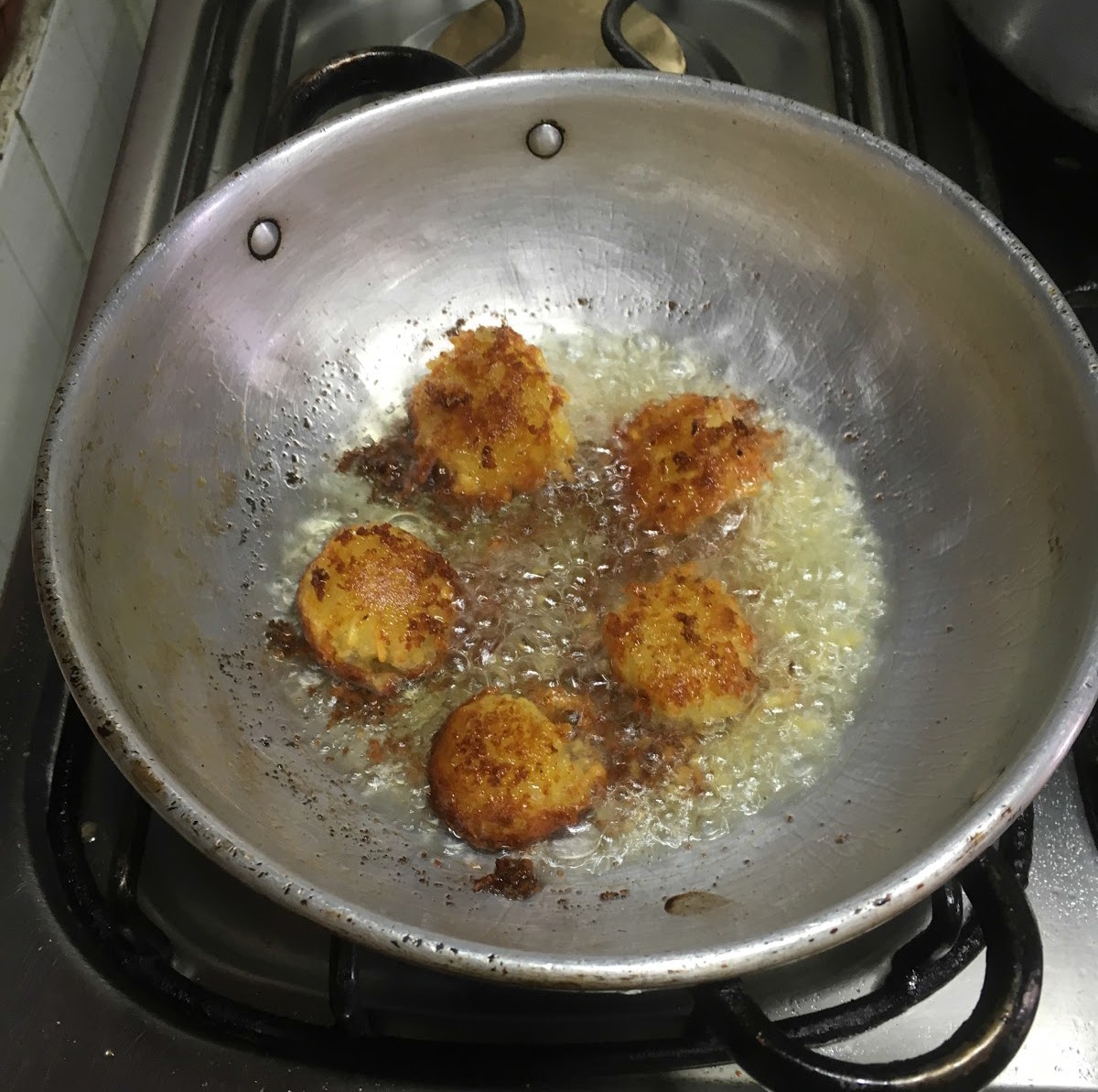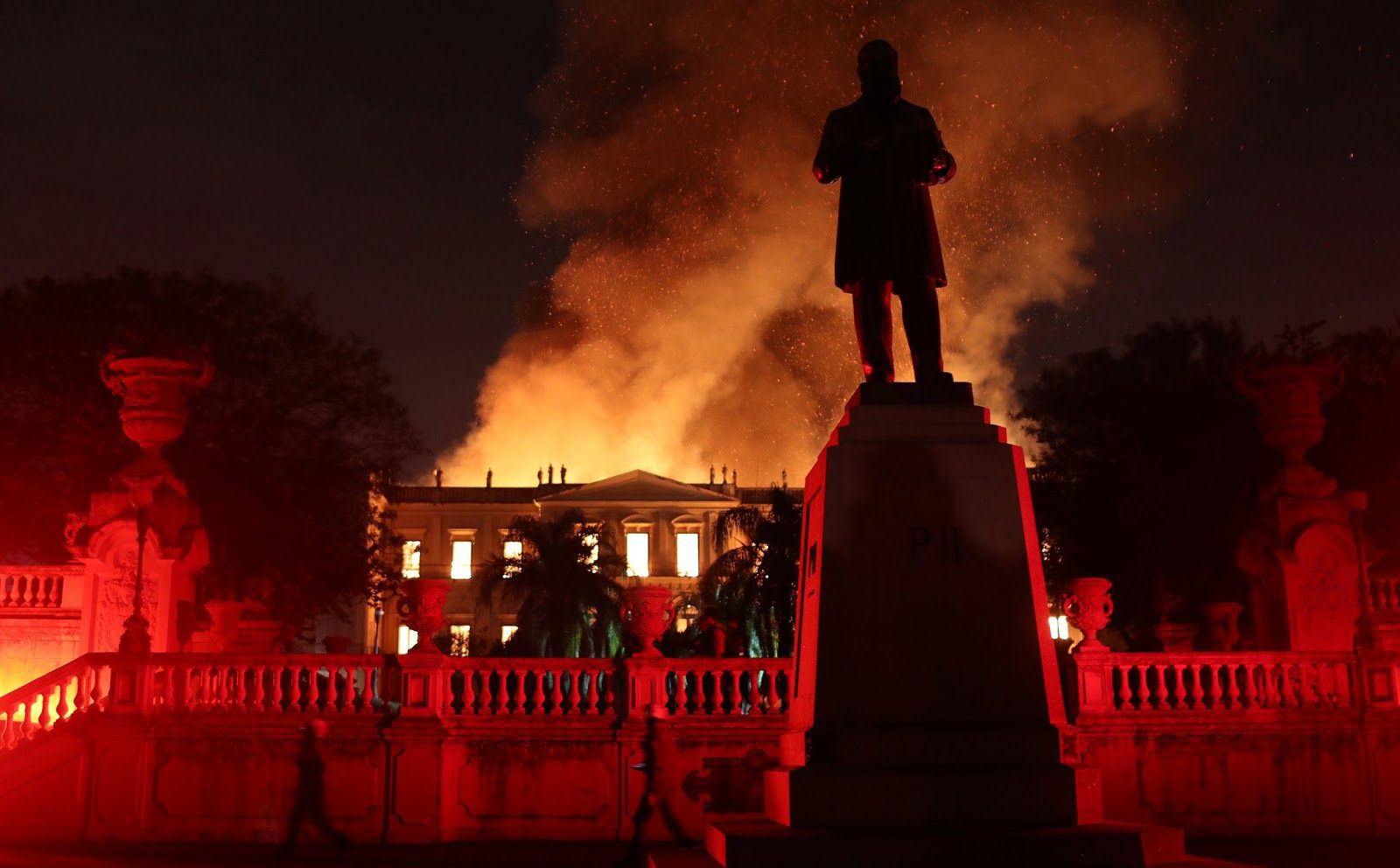by Gus, Tufts 1+4 Participant
As I have started to adapt to life in Ecuador, one of the biggest changes I have experienced thus far has been the food. While you might be saying “duh, Gus. What did you expect?” please allow me to elaborate on one of the deeper differences which accompanies the more obvious differences in flavor and strain of potatoes.
During our orientation one of the things we discussed was the differing definitions of success. For those in the United States, success is often defined by the final product. In contrast success is more about the journey in many Latin American countries. Though I would have never thought to apply this to the realm of food, I have realized, through my experiences cooking with my host family, that this difference does hold true.
To elaborate, cooking for me has never been a social activity, but more of a necessary step preceding consumption. Sure, I know how to scramble eggs and make a grilled cheese sandwich, but I’ve only ever used these skills to fulfill caloric needs. Certainly, I wouldn’t describe myself as someone who would regard four hours of meal preparation as a fun or fulfilling use of time. Nevertheless, this was exactly what I found myself doing this past Saturday, and I found it quite enjoyable in fact.
The process started around 10 a.m. when my host sister dispatched my brother and I to the market to gather the necessary ingredients for our upcoming lunch. The main course was to be sweet barbeque chicken wings prepared by my sister supplemented by tater tots (a Minnesotan delicacy) prepared by yours truly. Disclaimer: I’ve never actually made tater tots from scratch. However, as the famous Chef Gusteau from Ratatouille once said, “anyone can cook.”

Well, to put it bluntly, the first attempt was a disaster. The potato balls disintegrated and I was left with a soupy version of what might be considered hash browns if looked at with less than 20/20 vision and an optimistic perspective. Thankfully, I was not alone in the process. Much like Linguini, the son of Gusteau in Ratatouille, I needed a small amount of guidance in order to create an edible product. Thanks to the advice of my host siblings on a couple small changes, I was able to get a much closer approximation of tater tots the second time around.

Through this process, I not only learned to prepare tater tots from scratch, but also enriched my understanding of the culture surrounding food and cooking in Ecuador. In many ways, I think my prior conceptions about cooking were blinded by the fact that I could swing by the freezer aisle of the nearest supermarket any time I wanted tater tots. The traditional markets of Ecuador couldn’t be more different, nearly completely comprised of food straight from the Earth and without significant previous preparation. As a result, cooking is, almost by necessity, a much more significant part of everyday life. Furthermore, cooking is about more than meal preparation, it also includes the spirit of community which arises from creating something together.
Returning to the wisdom of Ratatouille, a similar lesson can be found in the relationship between Remy and Linguini. On his own, I would argue Linguini can’t cook (and neither can I), but this is irrelevant because the spirit of community formed through cooking is the more important part. What can be concluded from this is that though I have resigned myself to an observer status in many of the more complex cooking tasks, I can still be a part of the cooking. Undoubtedly, anyone can cook from this mindset so long as they partake in the communal spirit.
As I consider my expectations of meaningful cross-cultural experiences, shelling peas was nowhere near the top or even the bottom of the list. In spite of this, I often look forward to Saturday afternoons when I know another bag of the raw legumes will be waiting. Despite a complete lack of culinary ability, I will continue to appreciate these times for the community I have felt with my host family throughout.














